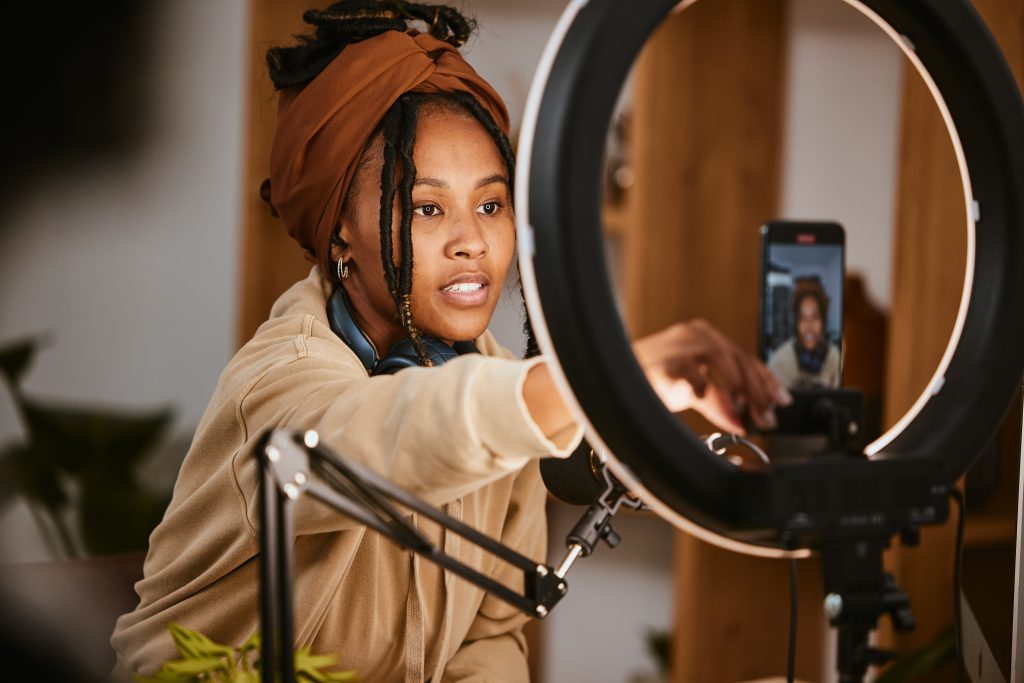Self-taping has transformed from a stopgap measure into the standard audition format across film, television, and commercials. While actors once traveled across town for in-person sessions, most now perform in front of their own cameras at home. This shift brings opportunity and freedom—but also responsibility. The truth is, casting directors and agents see hundreds of tapes every week, and small mistakes can get you overlooked. The good news? Mastering self-tapes doesn’t require a Hollywood studio setup. Often, the simplest adjustments make the biggest impact.
Here are five straightforward, non-negotiable practices every actor should adopt:
1. Submit Promptly
Speed matters in the digital era. Casting teams often review submissions as they arrive, and early entries sometimes set the bar for everyone else. When you receive an audition notice, don’t procrastinate. Plan your taping window, rehearse efficiently, and aim to submit before the deadline. Even if you don’t land this role, reliability makes you memorable to casting.
2. Confirm Receipt
Communication shows professionalism. When you get an audition invite, reply to acknowledge it. A simple, polite confirmation—“Thank you, I’ll have my tape submitted by 2025”—helps casting trust that you’re organized. It also opens a direct line should technical issues arise later.
3. Work with a Reader
It’s tempting to record with your phone on a tripod and read the other lines yourself. But nothing replaces the energy of a live partner. A reader (even via Zoom or FaceTime) helps you respond in real time, creating authenticity that casting directors notice immediately. If a reader isn’t available, explore self-tape reader apps that connect actors quickly and affordably.
4. Slate with Confidence
Your slate—the brief introduction of your name and details—often becomes your first impression. Actors sometimes rush through it as though it’s unimportant, but confidence here sets the tone. Stand tall, breathe, and speak clearly. This thirty-second clip is your handshake before the performance.
5. Optimize File Size
A brilliant audition is worthless if casting can’t open the file. Large, uncompressed videos can fail to upload or crash inboxes. Learn basic compression tools, or export in MP4 with a resolution that balances quality with manageable size. Around 720p is usually more than enough.
Beyond the Basics
Notice what’s missing here: expensive lighting kits, elaborate backdrops, or professional editing software. While those tools can enhance production quality, they’re not deal breakers. What matters most is that you deliver a clear, watchable performance without avoidable hiccups. Casting professionals aren’t grading you on cinematography—they’re assessing your ability to embody a role.
Key Takeaway
Self-tapes don’t need to be complicated. They need to be consistent, clear, and professional. By submitting promptly, communicating effectively, using a reader, slating with confidence, and managing your files, you’ll stand out as someone who respects the process. That’s the kind of actor agents love to work with and casting directors keep calling back.
✨ At The Heartist Network, we believe preparation is an act of self‑respect. By putting heart into every audition—whether in a studio or your living room—you not only increase your chances of booking, you build a reputation as a reliable artist worth remembering.




